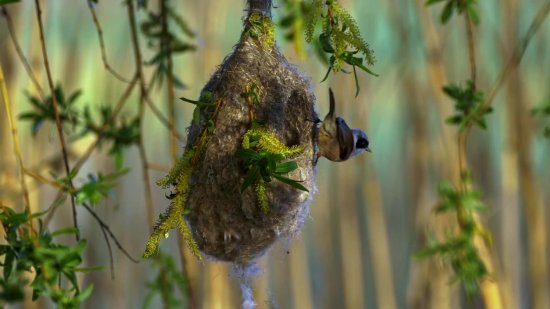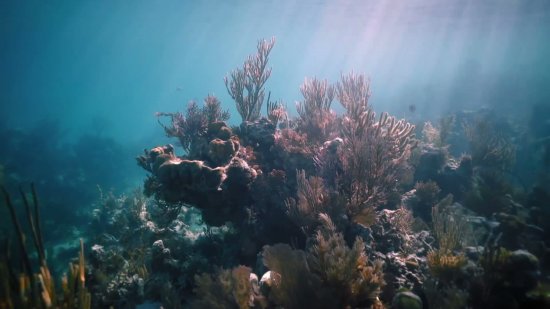Series
Nature = Future! Saison 2
The second season of Nature = Future! is a series of 16 films about biomimicry (bio-innovation and bio-inspiration), each of which presents an area of innovative research and its current or future application.

CNRS Images,
Our work is guided by the way scientists question the world around them and we translate their research into images to help people to understand the world better and to awaken their curiosity and wonderment.




















